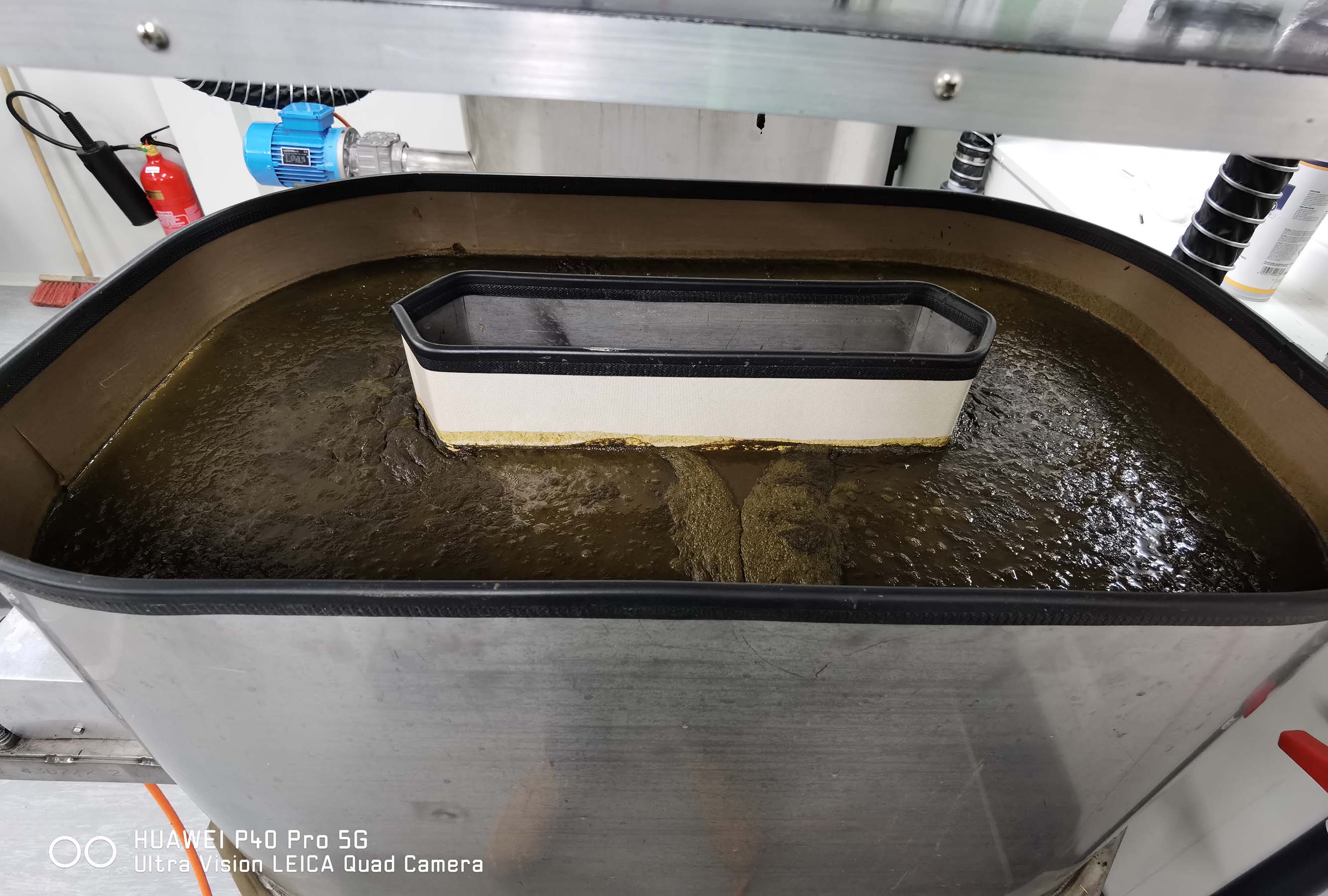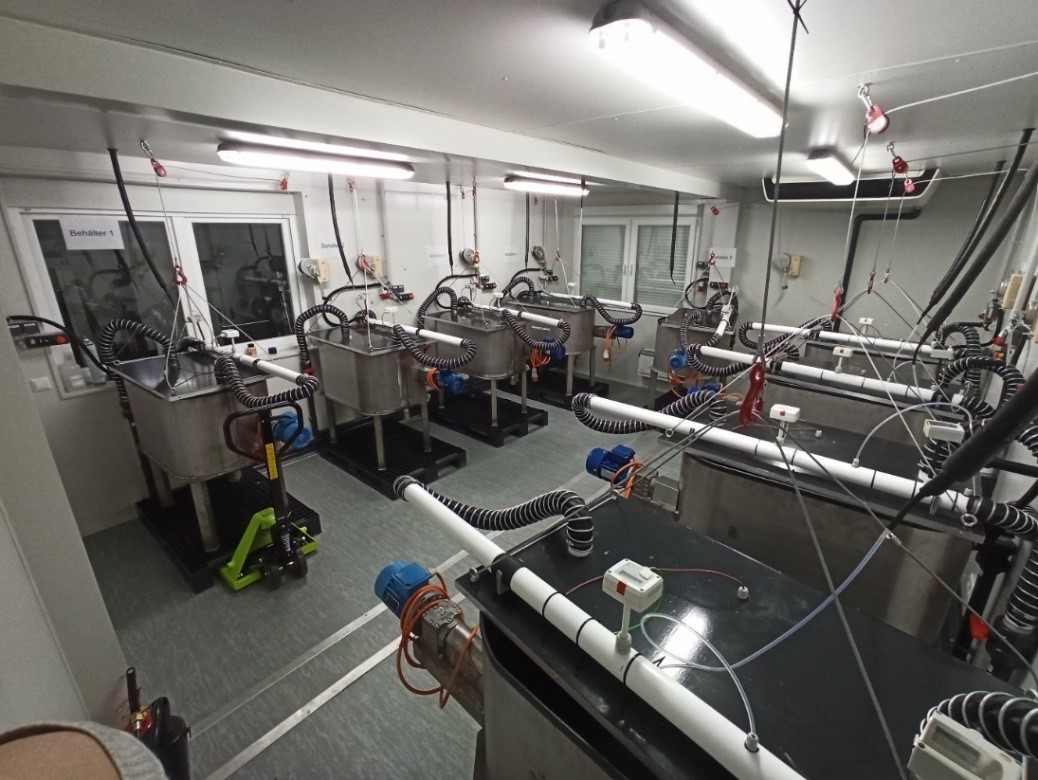With regard to the achievement of the objectives of the NEC guidelines and other disadvantages caused by increasing emissions, it is hoped that there will be great potential in liquid manure treatment. Research into this has been underway at the HBLFA Raumberg-Gumpenstein since 2021 with a new facility for examining manure additives.
The latest results for a product in the “lime preparations” category:
Mooseck Sole 6-7 is intended to reduce ammonia emissions. Cattle manure was used for this purpose, which showed no abnormalities according to the manure analysis. According to the manufacturer, the product should be stirred in slowly. The measurement period lasted 4 weeks and all parameters were measured.
- Ammonia_NH3 (ppm)
- Methane_CH4 (ppm
- Nitrous oxide_N2O (ppm)
- Hydrogen sulfide_H2S (ppm)
- Carbon dioxide_CO2 (ppm)
- PH value
- Manure temperature (°C)
- Air temperature (°C) in the calming zone
- Humidity (%) in the calming zone
- Air speed (m/s) in the calming zone
- Olfactometry
Results:
During the storage period of the manure treated with “Mooseck Sohle 6-7”, lower pH values arise, which shift the NH 4 + ↔ NH 3 in the manure more towards ammonium and can thereby limit the outgassing potential of ammonia. Furthermore, correct manure management with subsequent ground-level manure application must be implemented.
The amount of ammonia released could be demonstrably reduced by adding the product. A statistically, highly significant difference in favor of the manure treated with “Mooseck Sohle 6-7” supports this result. This could result from a lower pH value, which means that less ammonium nitrogen turns into ammonia.
The methane emissions, carbon dioxide and nitrous oxide were not changed, or only changed insignificantly, by using the product. This result is also confirmed by the statistical analyses.
The formation of a floating layer could only be changed insignificantly - a slightly thinner floating layer was visually perceptible.
The olfactory examination showed no significant difference between the raw manure and the manure treated with “Mooseck Sohle 6-7” (too few measurement data in this short measurement period). The result of the weekly odor determination remained relatively balanced over the measurement period of three weeks.
According to current information, the product “Mooseck Sohle 6-7” can help reduce ammonia emissions during liquid manure storage. Furthermore, the floating blanket thickness is reduced somewhat, which on the one hand reduces the time required for homogenization and on the other hand also saves money.
As already mentioned under “Emissions survey - hydrogen sulfide”, close attention must be paid to the product ingredients. Products of this type (sulfur is in sulfate form) do not lead to any more hydrogen sulfide formation than would generally be expected from raw manure during homogenization.
A study for a longer storage period (at least 2 months) would be recommended in order to demonstrate all eventualities that could arise in practice if the product remained in the manure.
Likewise, no statements can be made about the effect on the soil, soil life, plant growth or any emissions that may arise after application. Further field tests are recommended for this purpose.
Final report download

Similar projects
3692: WT EmiSlAdd
Manure additives and their emission reduction potential
2019 - 2022, Pöllinger Alfred








